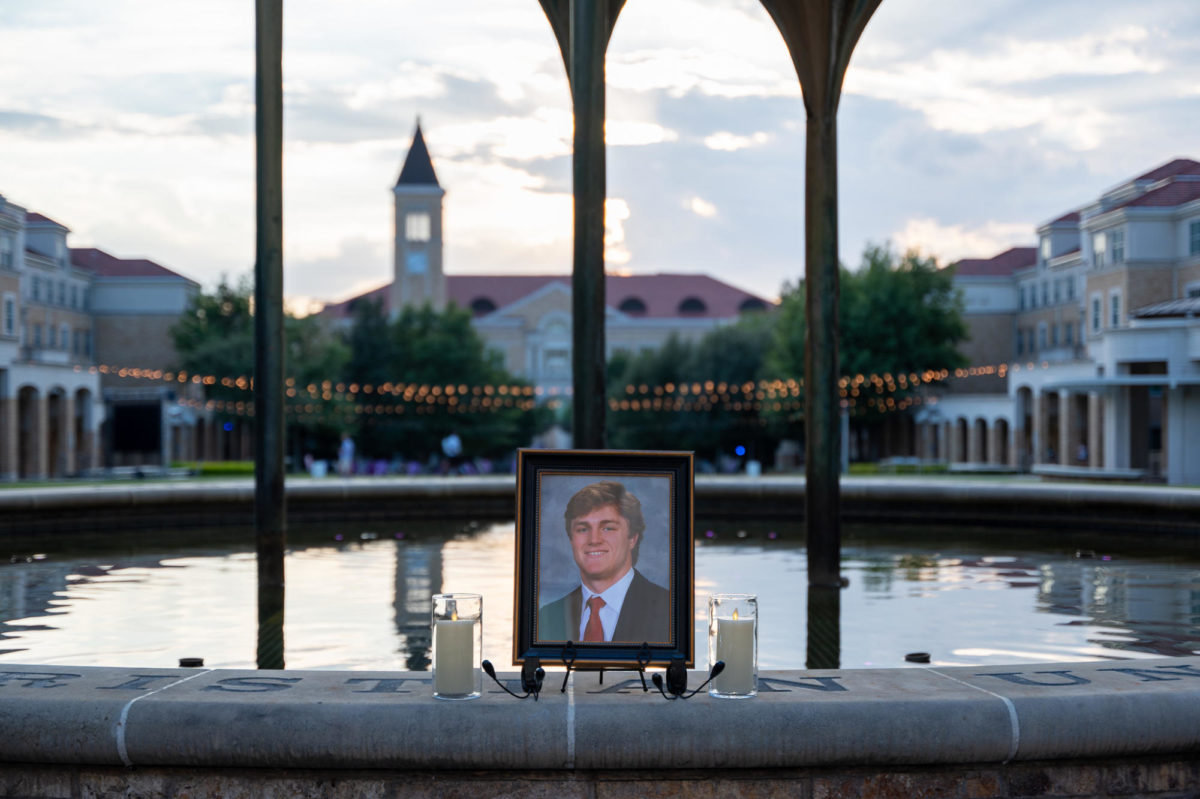Dance building certified as eco-friendly
Published Apr 26, 2012
Erma Lowe Hall has become LEED certified, recognizing the renovated building as a more efficient and sustainable building which benefits the university and the environment.
“The dance students benefit because of the good light, the good water and the good design that makes it comfortable and functional for them,” said Ellen Shelton, department chair of ballet and modern dance.
“It helps on a more global level because it is good for the environment,” she said.
The original Erma Lowe Hall was built in 1921 without insulation, and it had problems with leaks and odors, Shelton said. The new building has motion sensors and timers on all interior and exterior walls and has better lighting and ventilation.
The main focus of the new building was to make the interior better for students by improving air quality, Harold Leeman, associate director of the Major Projects & Facilities Planning Department, said. The efficiency of the new building cut down on the cost of energy and water.
It cost more to build a LEED certified building, but in the long run the money saved on energy and water outweighed the extra expense for the building, Leeman said.
The new Erma Lowe Hall was built with the students in mind, Michael Bennett, architect of Erma Lowe and a TCU alumnus, said. Bennett designed a building that would inspire students, while still preserving Erma Lowe’s historic look.
“On a functional level, every aspect of the facility has been greatly improved,” Bennett said. “For example, there is more and better seating for performances, a defined student lounge, improved lighting, storage for costumes and locker rooms. The building is also safer and more accessible.”
The new building provides a professional environment with better studio space and locker rooms, dance major Julianne Zilahy said. The building’s LEED certification also gave the university recognition.
“Designing a renovation and addition for an existing building, whether it is to LEED standards or not, is more challenging than designing a new building,” Bennett said. “But preserving a historic facility and an institution’s architectural heritage makes it that much more interesting, challenging and worth the extra effort.”
Leeman said this was the seventh building on campus to become LEED certified. The university worked to improve existing buildings on campus to make them more efficient, and would build all future buildings up to LEED standards.
“It is great to work with a client like TCU that understands the importance of sustainability and has such a concentrated commitment to making its facilities more efficient,” Bennett said. “As an alumni, it makes me proud that my alma mater places such a concerted effort on sustainability.”


